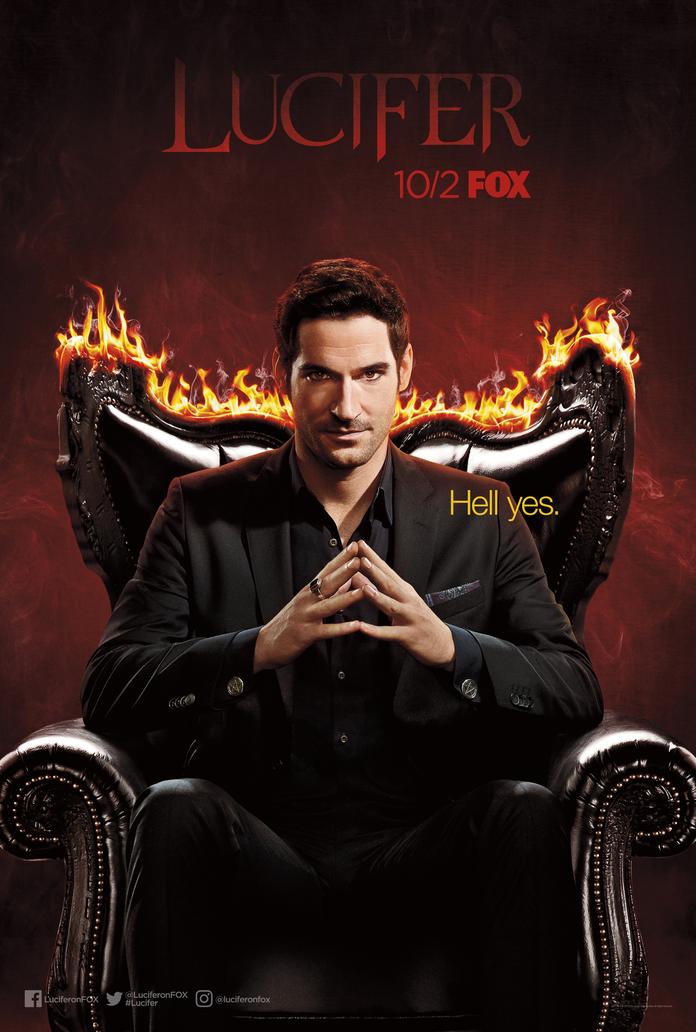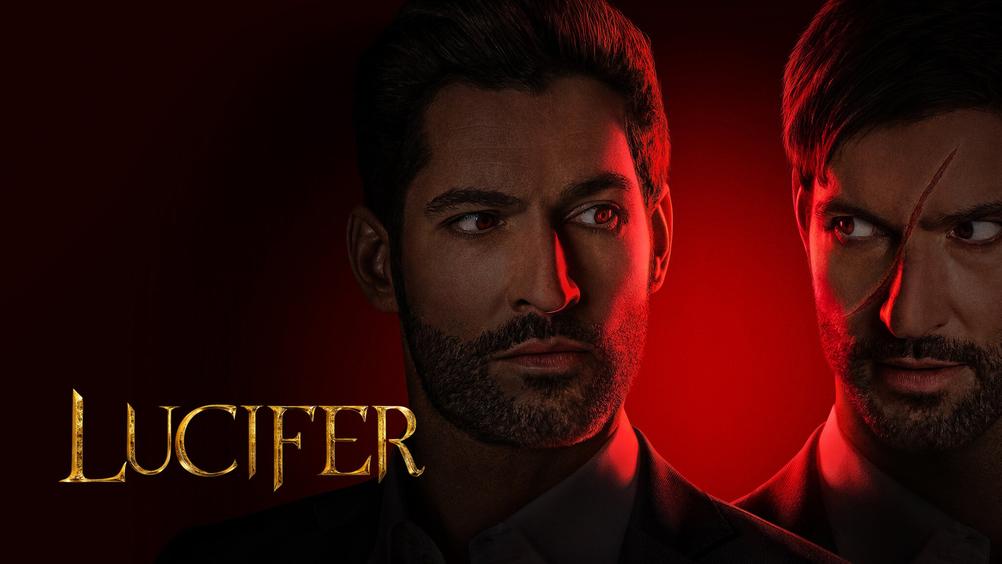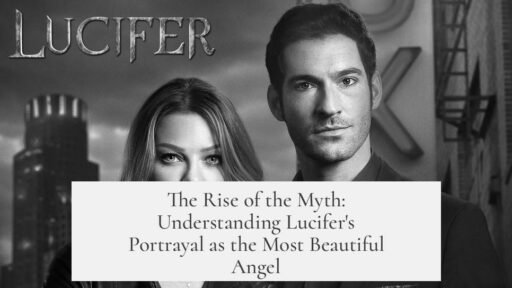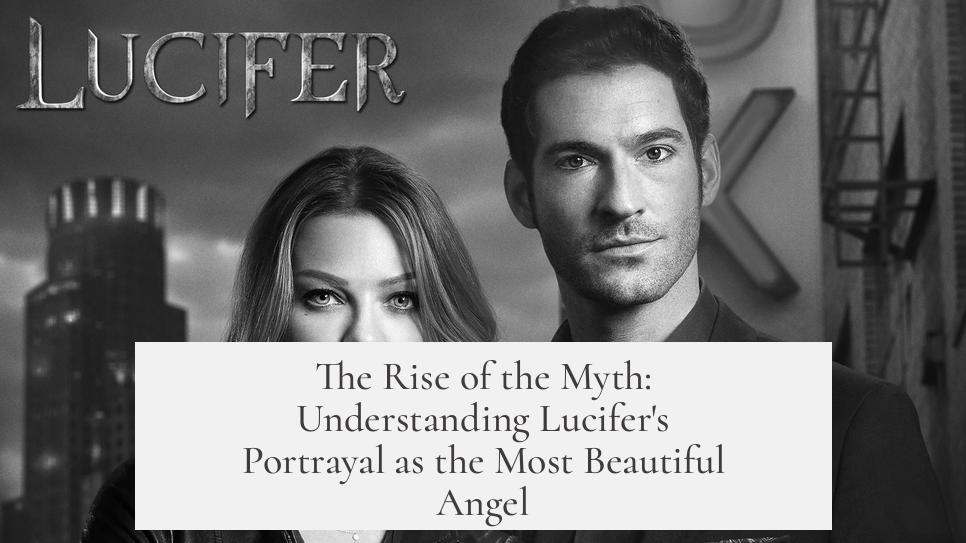The idea that Lucifer was the most beautiful, wise, and powerful of all angels does not originate from the Bible itself but from later interpretations and literary works. The Bible does not explicitly describe Lucifer with such qualities. Instead, this notion evolves from the merging of scriptural passages and theological reflections over centuries.

The key biblical passages often linked to Lucifer are Isaiah 14:12 and Ezekiel 28:12-17. Isaiah 14:12 mentions “Lucifer,” translated as “morning star” in Latin and referring metaphorically to a fallen figure, which originally symbolized the Babylonian king. Ezekiel’s passage laments the pride of the king of Tyre, with language that later interpreters saw as describing a celestial being. Neither passage explicitly identifies Lucifer as a fallen angel, nor do they declare him as the most glorious of angels.
Christian tradition, especially after Latin translations like the Vulgate, began associating the term “Lucifer” with a once-glorious angel who fell from grace. The name “Lucifer,” meaning “light-bringer,” was applied to the morning star mentioned in Isaiah. This linguistic link encouraged theological speculation about a high-ranking angel’s rebellion against God.

The vivid image of Lucifer as the most beautiful, wise, and powerful angel emerges primarily from Christian theology and literature rather than scripture. This image was strongly shaped by John Milton’s 1667 epic poem Paradise Lost. Milton depicted Lucifer as an exalted angel figure, embodying pride and tragedy, which popularized the idea in Western culture.
This narrative built on biblical references but added depth and personality traits not present in the original texts. Milton’s work influenced how people envision Lucifer, blending scriptural motifs with creative storytelling.

Key points:
- The Bible does not describe Lucifer as the most beautiful, wise, or powerful angel.
- Isaiah 14:12 and Ezekiel 28:12-17 are interpreted allegorically, not literally describing a fallen angel.
- The Latin Vulgate translation popularized the name “Lucifer” linked with the morning star.
- John Milton’s Paradise Lost cemented the image of Lucifer as a beautiful, powerful fallen angel.
Lucifer: The Most Beautiful, Wise, and Powerful Angel? Unpacking the Origins of a Popular Myth

If you’ve ever heard that Lucifer was the *most beautiful, wise, and powerful* angel, you might be surprised to learn this description doesn’t actually come from the Bible. Contrary to popular belief, the Scriptures don’t portray him that way. So where did this glamorous image come from? Let’s unravel the story behind the myth and see how history, theology, and literature shaped this captivating figure.
What Does the Bible Say About Lucifer?

The name “Lucifer” appears sparingly in the Bible—and certainly not with grandiose praise.
Isaiah 14:12 famously uses “Lucifer,” meaning “morning star” or “light-bearer,” but it targets a Babylonian king, not an angelic being. This king is described as proud and fallen, but nothing in the passage explicitly calls him the most beautiful or wisest angel. It’s a poetic metaphor criticizing a mortal ruler’s arrogance and downfall.

Similarly, Ezekiel 28:12-17 laments the king of Tyre using exalted imagery, such as being “the model of perfection” and “full of wisdom and perfect in beauty,” but again, this is about a human king’s pride disguised in celestial language. No biblical passage states Lucifer is the most powerful angel or that he fell because of ambition.
So, the Bible itself doesn’t quite fit the idea of Lucifer as a dazzling, rebellious angel ruling the heavenly ranks.

How Did This Angelic Image Develop?
The transformation from a Babylonian king to a fallen angel came from centuries of interpretation layered over scriptural texts.
When Jerome translated the Scriptures into Latin in his Vulgate Bible (late 4th century), he rendered the Hebrew phrase for “morning star” as “Lucifer.” This technical translation opened the door for later readers to imagine Lucifer as an individual being rather than just a metaphor.
Christian theologians then began to associate the Isaiah passage with the devil’s fall, blending it with other biblical hints about Satan. Over time, Lucifer became symbolic of the angelic figure who rebelled, was cast out, and turned into Satan.
This is a classic example of a narrative evolving from metaphorical text into a full-blown myth through tradition and interpretation alone—not scripture.
Milton’s *Paradise Lost*: When the Myth Got Wings
Jump forward nearly 1400 years to John Milton’s Paradise Lost (1667). Here, the idea of Lucifer stepped fully into the spotlight as an archangel—described in vivid, human terms as proud, radiant, and powerful.
Milton’s portrayal of Lucifer transformed him from a vague biblical symbol into a tragic hero with charisma and intellect. This dramatic retelling attributes qualities of exceptional beauty, wisdom, and strength to Lucifer to heighten the poetic tension.
Though Milton took creative license, his work profoundly shaped Western thought, art, and culture. The myth of Lucifer as a magnificent angel who dared to defy God became ingrained beyond any biblical basis.
Why Does This Matter Today?
Understanding the origin of the “most beautiful, wise, and powerful angel” idea helps us decipher the difference between biblical texts and popular tradition.
It reveals how religious stories can be layered with interpretations, translations, and creative works that dramatically shift meaning over time.
Furthermore, this mythologized Lucifer plays a significant role in literature, theology, and even pop culture—highlighting themes of pride, rebellion, and downfall. Knowing where the image comes from allows us to appreciate the cultural significance while recognizing the distinction from scripture.
Practical Example: Spotting Myth vs. Scripture
- Next time you hear about Lucifer’s beauty and power, ask: Is this from the Bible or from later writings? Understanding context prevents misconceptions.
- When reading Isaiah 14 or Ezekiel 28, consider their immediate historical and literary contexts—these passages critique earthly kings, not celestial beings.
- If interested in theology or literature, check out Milton’s Paradise Lost for the poetic source of the modern Lucifer myth.
A Quick Summary Table
| Aspect | Biblical Account | Later Interpretations |
|---|---|---|
| Name “Lucifer” | Means “morning star,” used metaphorically for Babylonian king (Isaiah 14:12) | Represents a fallen angel and Satan, starting from Latin Vulgate |
| Description | No biblical reference as “most beautiful” or “most powerful” angel | Depicted as a radiant, wise, and powerful angel who rebels |
| Source | Isaiah 14 and Ezekiel 28 primarily criticize earthly kings | Christian theology and literature, especially Milton’s Paradise Lost |
Final Thoughts
The tale of Lucifer—the once stunning, wise, and mighty angel who fell from lofty heights—is more of a human-made legend than a biblical truth. It’s a fascinating case of how texts evolve as they travel through language, interpretation, and artistry.
By tracing this idea’s origin, you step behind familiar stories and glimpse how culture shapes even our most cherished myths.
So, is Lucifer the most beautiful and wise angel? Not according to the Bible—but definitely according to centuries of storytelling mixed with selective translation and poetic imagination. That’s quite a spin on a morning star!
Why is Lucifer called the most beautiful, wise, and powerful angel if the Bible does not say so?
This idea is a later development. The Bible does not describe Lucifer with these traits. The description comes from interpretations and traditions formed after biblical texts were written.
Where does the idea of Lucifer come from in the Bible?
The name Lucifer appears in Isaiah 14:12 as a term for the “morning star,” referring to a Babylonian king. Ezekiel 28:12-17 laments the king of Tyre. Neither passage clearly describes a fallen angel.
How did Lucifer become linked to a fallen angel in Christian tradition?
Christian writers combined these biblical passages with theological ideas to create a story of a proud angel who fell from heaven. Latin translations like the Vulgate helped spread this notion.
What role did John Milton’s Paradise Lost play in shaping the image of Lucifer?
Milton’s epic poem portrayed Lucifer as a proud, beautiful, and powerful angel who fell from grace. This literary depiction deeply influenced Western culture’s view of Lucifer.
Is the image of Lucifer as the most beautiful and wise angel a biblical fact or a cultural myth?
It is a cultural myth shaped by theology and literature. The Bible does not explicitly support this image. It developed over centuries beyond the original texts.
Why did early interpreters identify Lucifer with Satan?
Early interpreters linked the “morning star” in Isaiah and the lament in Ezekiel with pride and downfall, traits associated with Satan. This connection grew stronger in Christian teachings and writings over time.




